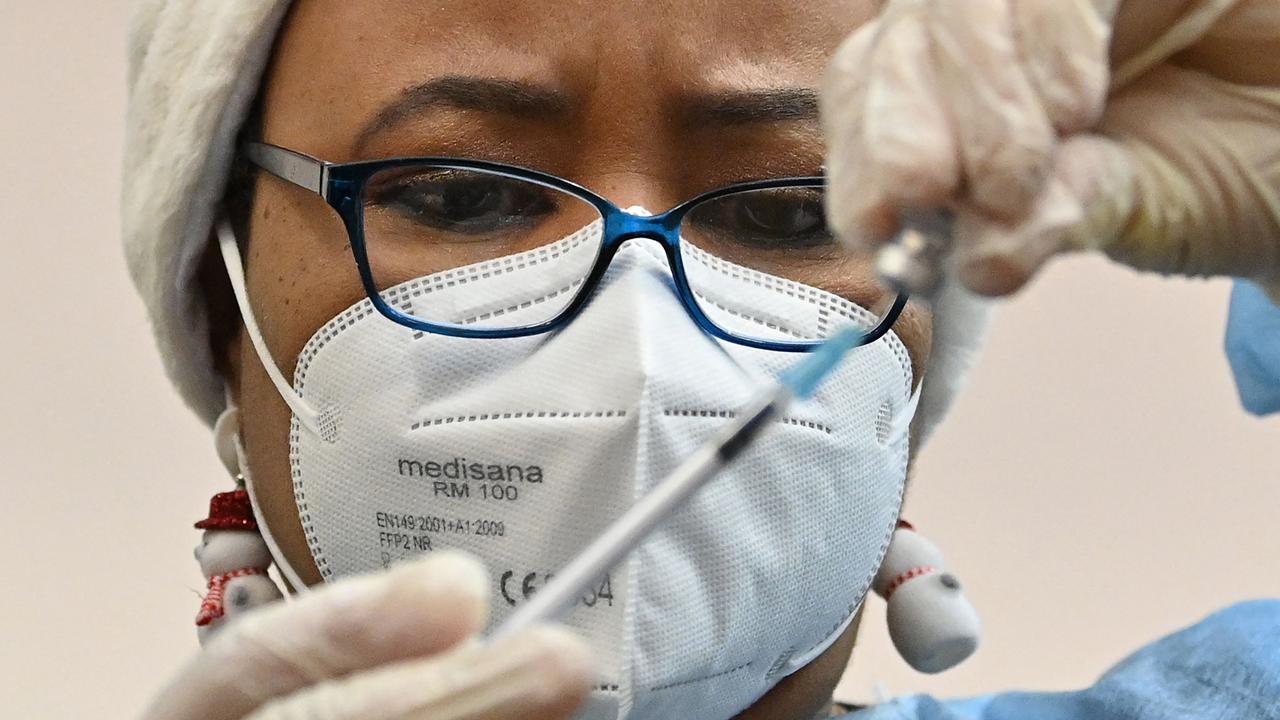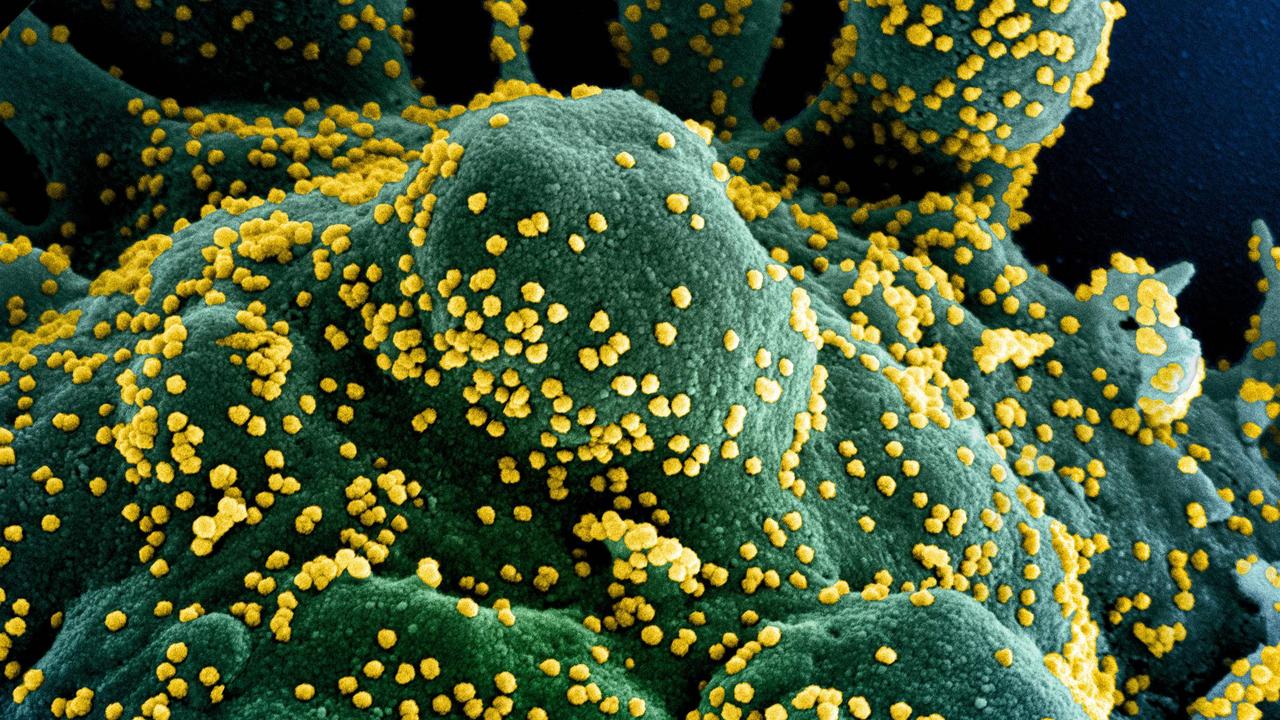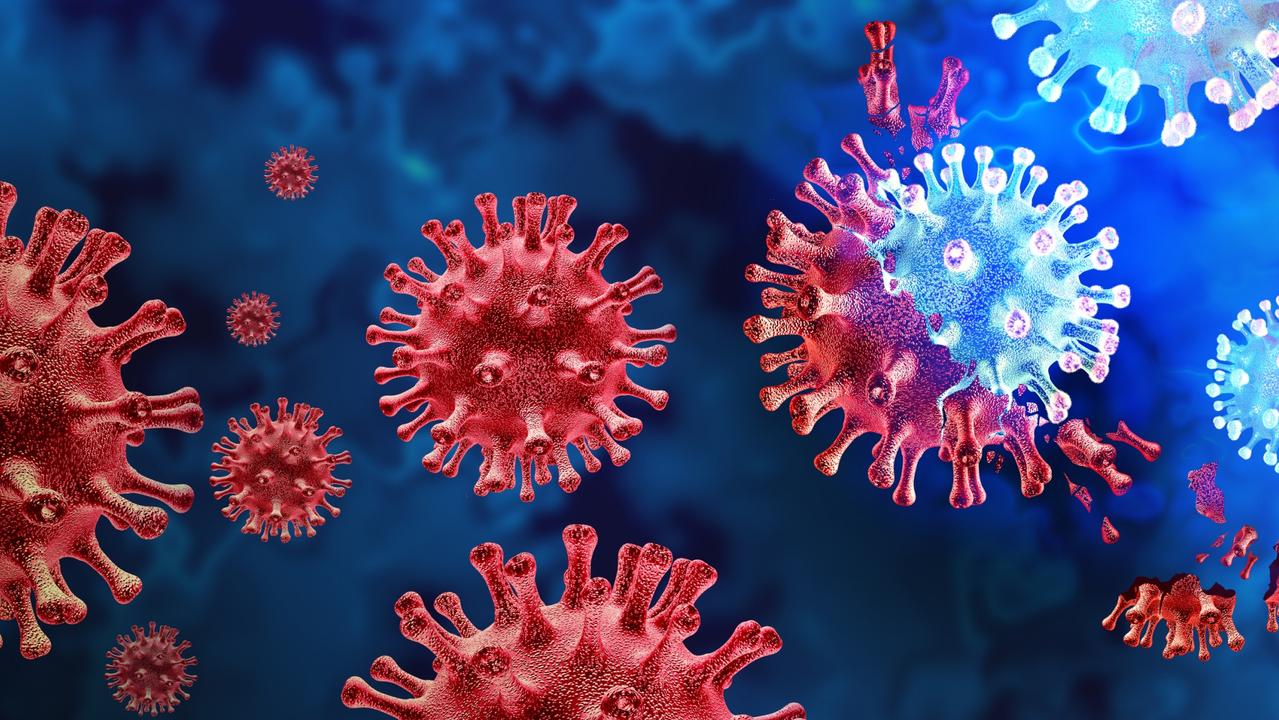Coronavirus Australia: How ‘invisible spreaders’ with no symptoms are behind outbreak
There is a new wave of people, almost impossible to detect, who are evading coronavirus containment methods and spreading the disease.

They’re what makes this pandemic so difficult to stop: “silent spreaders”, infected men, women and children who have no idea they are ill – but are infectious.
Such invisible sources of contagion must be factored into any attempt to determine when it is safe to begin lifting physical distancing measures, medical scientists are arguing.
The problem is pinning down the true extent of the threat.
Analysis of early data out of China in February and March appeared to indicate non-symptomatic spreaders were rare. But a string of new studies in recent weeks put the figure somewhere within an alarming range of 30 to 80 per cent of those infected.
Medical scientists are racing to address this emerging issue, and the implications it presents.
It could also mean physical distancing measures and testing criteria must not be relaxed for some considerable time.
“Transmission of COVID-19 is possible from otherwise asymptomatic carriers, so that only intense contract tracing of every case combined with quarantine of all potential contacts could hope to completely break its transmission,” Flinders University vaccine researcher Professor Nikolai Petrovsky said.
“We can’t wish away this pandemic. We all want our lives to go back to what they were, but our lives have changed and until we have a vaccine, we can’t completely control the pandemic.”
RELATED: Follow the latest coronavirus updates
RELATED: All the Australians who have died
SILENT SPREADERS
Medical scientists the world over are racing to understand what’s behind COVID-19’s stealthy spread.
Choirs. Nursing homes. Churches.
Outbreaks in each case have been traced back to members and employees who felt fine, yet only tested positive for the virus when serious cases clustered around them.
“In the United States, asymptomatic spread has likely driven the silent growth of an epidemic that was only realised when the health system began overloading,” UNSW biosecurity expert Professor Raina MacIntyre said. “We’ve seen the same in Italy and Spain, which also restrict testing.”
What makes matters more complicated is that there appears to be three different types of silent spreader.
Asymptomatic: Those who never develop symptoms, yet spread the disease.
Pre-symptomatic: It takes COVID-19 up to two weeks to generate symptoms in a host, yet they can be infectious for several days beforehand.
Mildly symptomatic: While a mild sore throat and tickly throat may be cause for anxiety, fears are brushed off once they’ve gone away. Such spreaders generally don’t want to be seen as hypochondriacs so keep quiet about it.
Asymptomatic carriers are virtually invisible. As are mildly symptomatic sufferers.
They’ve only been discovered when close contacts of known sufferers have been tested and monitored.
RELATED: The only valid excuses for going outside
RELATED: All your questions about coronavirus answered
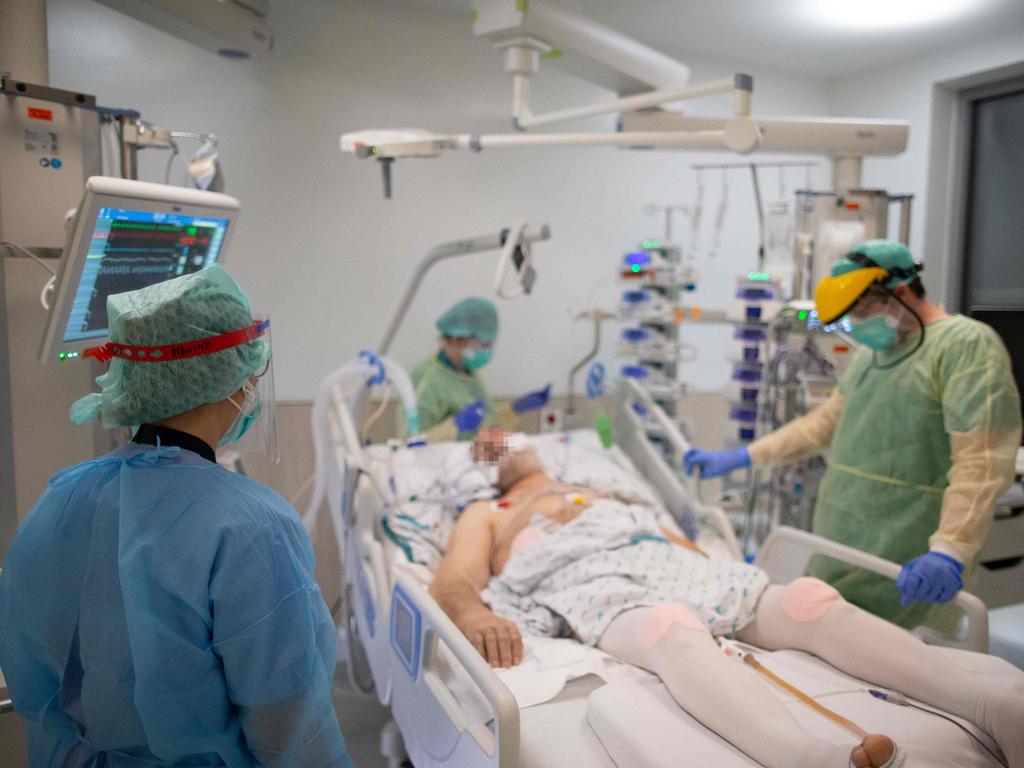
Which is why testing and contact tracing, once again, comes to the fore. But that’s not easy given international shortages of the necessary tests.
“Australia’s Federal Government has expanded the testing criteria beyond just returned travellers and those with close contact with an infected person,” Prof MacIntyre said. “But testing remains restricted to people with symptoms and doesn’t go far enough. Like South Korea, we should also be testing people without symptoms who are in high-risk groups, such as close contacts, evacuees from cruise ships and health workers who request a test.”
UNDER THE RADAR
COVID-19’s “stealth” characteristics are displayed through three different types of transmission. Each presents a serious challenge to medical authorities: How can you tell when someone is sick, if they’re not showing the signs?
Presymptomatic:
It takes an average of five days for COVID19 to “incubate” – grow enough – for symptoms to emerge. But it can take more than 14 days.
With this virus, sufferers appear to be most contagious in the days immediately before and after symptoms emerge, WHO Emergencies Program lead Maria Van Kerkhove warned. Some studies suggest that the presymptomatic infectious phase could be as long as three days.
That makes it impossible for individuals – be they parents, teachers or health care workers – to make a reliable “call” on when to self-isolate.
And they’re a considerable crowd: About 75 per cent of people who test positive without symptoms go on to develop the full-blown disease.
Mildly symptomatic:
Everybody is on edge. The pandemic is a stressful time. The fear of needing intensive care is real. And the death toll numbers flooding in from around the world are terrifying.
So every snuffle, tender throat and nervous cough is cause for concern.
Or is it?
It’s hard to make the call to seek testing. Even harder to get a test if you have had no contact with a known carrier.
So, when that cough quickly clears up, it’s easy to brush it aside as an unfounded fear.
But cases of mildly symptomatic carriers transmitting the disease to their loved ones abound.
Again, there’s no easy answer to this “silent spreader” scenario beyond easily available testing.
Asymptomatic:
These COVID-19 carriers are completely unaware of the threat they pose. Epidemiologists have identified cases where carriers have suffered no fever, no cough, no shortness of breath, no gastrointestinal upsets.
Such people are very hard to find. But, WHO updated its asymptomatic case advisory on April 1 to warn up to 25 per cent of everyone infected with the virus falls into this category.
The only way the extent of such a stealth spread can be detected is through widespread, random testing.
Given the shortage of test kits, governments are generally reluctant to do so.
RELATED: Can you catch coronavirus twice?
RELATED: Can coronavirus hide in your brain?
UNWITTING CARRIERS
We don’t yet know the full extent of silent spreaders in the community.
In one Washington State nursing home, 56 per cent of those who tested positive for COVID-19 had no symptoms. Aboard the Diamond Princess cruise ship, 50 per cent showed no signs at the time of testing while 18 per cent never did.
One study published in the journal Science indicates that people with no or mild symptoms contributed to 79 per cent of all transmissions within China, as they felt they were healthy enough to travel.
A study based in Italy similarly identified between 50 and 75 per cent of carriers were asymptomatic.
Ignoring the implications of these numbers could be dangerous.
It may be difficult to monitor. But the implications of not doing so could be disastrous.
“Without an effective vaccine, the only strategy to prevent hospital overload is to apply long term social separation,” Prof Petrovsky said.
Weakening physical distancing measures is not an option, he said.
“If we controlled the rate to 10,000 infections per day in Australia then it would still take 5.7 years (to reach herd immunity),” he said. “This is why the whole concept of easily achieving herd immunity was always completely spurious, and would mean accepting over 60 million deaths globally and 250,000 deaths just in Australia.”
We probably won’t know the true extent of silent spreaders for some time to come.
“Ultimately, widespread antibody testing, which is still not imminent, will be able to tell us how many people have already had COVID-19,” wrote health modeller Dr Jasmina Panovska-Griffiths.
“This will give a better approximation of the total number of infections. This will be important in making decisions on lifting social distancing measures.”
RELATED: X-ray shows how coronavirus destroys lungs
RELATED: What are your chances of dying from coronavirus?

CHILD CONTAINMENT
“The evidence seems to be accumulating that children can be asymptomatic carriers,” epidemiologist Associate Professor Hassan Vally of La Trobe University said. “Given that older people are much more vulnerable to serious illness, it is worth being cautious for the time being.”
An Australian Health Protection Principal Committee (AHPPC) statement conceded there continues to be limited information on the role children play in the pandemic.
“Asymptomatic cases in infants and children have been also reported. Two studies on patients with positive laboratory results reported that 10/15 (66.7 per cent) and 4/31 (13 per cent) of the children were asymptomatic,” the report reads.
But the AHPPC believes asymptomatic carriers are unlikely to pass on the disease.
“The best available modelling supports the hypothesis that children are infected but relatively asymptomatic. If we assume that asymptomatic people are less likely to transmit, the modelling indicates that school closures will have minimal impact on the overall epidemiology of COVID-19 in the Australian setting.”
It’s a pressing issue.
A small study out of China followed a sample of 24 people who had tested positive without symptoms. After three weeks, seven still showed no sign of the disease. The median age of these was just 14.
The average age of Australia’s teachers is 42. Some 30 per cent of them are over 50.
And asymptomatic schoolchildren will return home to their parents. And grandparents.
Simply accepting such risks is problematic, Prof MacIntyre warned.
“Half our population is aged over 40 or 50. So you’re going to be creeping into that area where (the virus will) just kill people,” she said. “So I don’t even think it’s ethical to make a conscious decision that we are going to just let people get infected.”
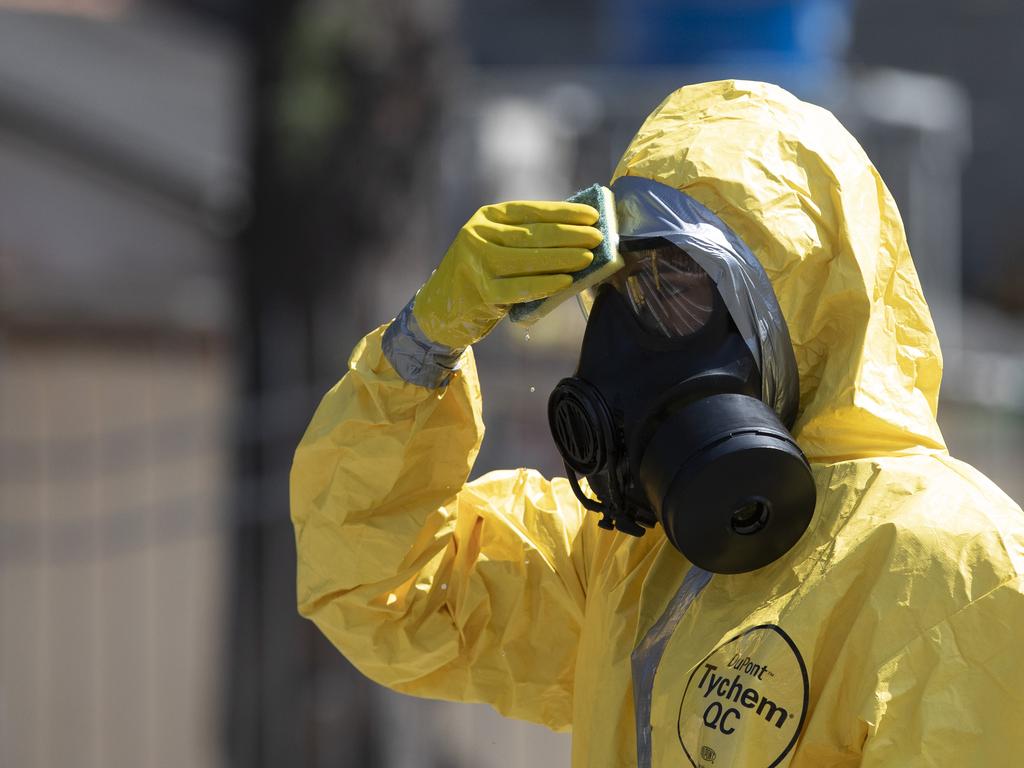
And keeping children contained remains vital for extended families.
“As difficult as this is going to be, the safest thing may be to limit visiting of children with grandparents,” Prof Vally warns. “This is a good time for children to take advantage of their affinity for technology and stay in touch with grandparents this way.”
Jamie Seidel is a freelance writer | @JamieSeidel


